Corrective Exercise Routines Designed for Long-Term Pain Prevention
November 12, 2025
7 min

The Importance of Corrective Exercise in Managing Chronic Pain
Role of Corrective Exercises in Addressing Musculoskeletal Imbalances
Corrective exercises are tailored movements focusing on fixing specific body alignment issues and muscular imbalances. These imbalances often contribute to chronic pain by placing uneven stress on joints and muscles. Through personalized programs, patients can correct these discrepancies, improving stability and function.
Connection Between Poor Posture and Chronic Pain
Poor posture is a common source of ongoing discomfort. It leads to misaligned joints and muscle strain, which aggravates pain conditions over time. By targeting postural corrections, corrective exercises help relieve these pressures, promoting better movement patterns.
Benefits of Personalized Exercise Routines for Pain Management
Personalized exercise routines ensure that each individual's unique needs and physical limitations are considered. This approach reduces the risk of injury and maximizes pain relief by incorporating gentle, progressive movements to strengthen muscles, increase flexibility, and improve joint mobility.
In places like Torrance, California, chiropractic clinics integrate corrective exercises with comprehensive assessments to foster sustainable pain relief and enhanced quality of life.
Understanding Corrective Exercise: Foundations and Benefits
What are corrective exercises and how do they help?
Corrective exercises are personalized movements crafted to address specific discrepancies in body alignment and function. These exercises target muscular imbalances and weaknesses, helping to restore proper movement patterns.
How do these exercises enhance stability, mobility, and strength?
By focusing on weak or underused muscles and improving joint mechanics, corrective exercises boost overall stability, increase mobility, and build strength. They work to increase flexibility and expand joint range of motion, which supports freer and more natural movements.
What is their role in correcting posture and reducing pain?
Poor posture is a common root cause of chronic pain. Corrective exercises help realign the body, improving posture and addressing these imbalances directly. This leads to reduced strain on muscles and joints, thereby alleviating pain sustainably.
Many chiropractic practices, including those in Torrance, California, incorporate corrective exercise programs tailored to individual needs, emphasizing professional assessment and guidance. This patient-centered approach aligns with holistic health principles, promoting natural pain relief and long-term musculoskeletal wellness.
Integrating Professional Assessment and Personalized Programs for Optimal Outcomes

Why is professional assessment important before starting corrective exercises?
Professional assessment plays a crucial role in the development of corrective exercise plans. It helps healthcare practitioners identify specific musculoskeletal imbalances, posture irregularities, and movement dysfunctions unique to each individual. This detailed evaluation allows for the creation of targeted, personalized exercise programs that address these root issues safely and effectively.
In chiropractic care settings, proper assessment ensures that exercise routines support spinal health and overall musculoskeletal wellness without causing harm. By precisely pinpointing areas of weakness or poor alignment, chiropractors can guide patients through exercises tailored to improve stability, mobility, and strength. Incorporating nutritional consultations for musculoskeletal health and ergonomic workstation setup further supports recovery and wellness.
Additionally, such professional oversight helps prevent exercise-related injuries by adapting workouts to individual needs and limitations. This personalized approach fosters long-term adherence and supports sustained pain relief, contributing to holistic health improvement and enhanced quality of life for patients. Employing relaxation techniques alongside personalized exercise can also enhance therapeutic outcomes.
Through hands-on evaluations and movement coaching, local practices in Torrance, California, exemplify how combining assessment with corrective exercise leads to better functional outcomes and chronic pain management.
Corrective Exercise Routines and Chronic Pain Prevention
How do corrective exercises alleviate chronic pain?
Corrective exercises specifically target Chiropractic Care for Musculoskeletal Imbalances, which are common sources of chronic pain. By focusing on enhancing flexibility, increasing joint range of motion, and strengthening supportive muscles, these exercises help restore proper body alignment and function. This leads to reduced inflammation, better circulation, and the blocking of pain receptors, providing lasting relief from chronic pain.
Connection between movement and improved circulation, flexibility, and reduced inflammation
Movement plays a vital role in managing chronic pain by promoting improved blood flow and oxygen delivery to tissues. Exercises that improve flexibility help reduce stiffness in muscles, ligaments, and joints, which often contribute to discomfort. Additionally, consistent physical activity lowers inflammation and swelling in affected areas, further reducing pain and supporting natural healing processes. For more information, see Exercise for chronic pain.
Recommended low-impact activities for those with chronic pain
People living with chronic pain are encouraged to engage in gentle, low-impact exercises that are safe and effective. These include activities such as walking, swimming, yoga, tai chi, cycling, and gentle strength training. Such exercises help maintain mobility and strength without overloading the joints or tissues, preventing injury and encouraging continued physical activity.
Back in Action Bodyworks and Hughes Chiropractic in Torrance, California provide personalized corrective exercise programs tailored to individual needs. These plans encompass posture improvement, mobility enhancement, and strength building, supporting a holistic approach to chronic pain prevention and musculoskeletal health.
Chiropractic Care and Corrective Exercises in Torrance, California

How do chiropractic practices incorporate corrective exercises?
Chiropractic clinics in Torrance, such as Back in Action Bodyworks and Hughes Chiropractic, integrate Corrective Exercise for Chronic Pain as a core part of their treatment plans. These clinics first conduct thorough assessments, including Spinal Screenings and Movement Assessments, Posture and Joint Motion Evaluation. Following this, they provide hands-on Chiropractic Care in Torrance and Spinal Alignment Techniques to realign and enhance mobility.
Personalized Corrective Movements are then tailored to the individual's specific musculoskeletal imbalances and movement deficiencies. These exercises focus on Strengthening Supportive Muscles, Improving Posture, and Restoring Healthy Movement Patterns. By addressing underlying causes rather than just symptoms, these programs help Preventing Chronic Pain with Exercise.
Beyond exercise, these clinics adopt a holistic approach by offering practical lifestyle advice such as Ergonomic Workstation Setup and sleep position guidance. Therapeutic services like Massage Techniques That Target Shoulder and Neck Tension complement manual adjustments and exercise coaching, aiding in muscle relaxation and recovery. Nutritional consultations for musculoskeletal health are also available to optimize diet for healing and overall wellbeing.
This integrative approach ensures patients receive comprehensive care aimed at sustained pain relief and improved quality of life.
Strategies for Sustained Engagement and Mindset for Long-Term Success

What strategies help maintain consistent corrective exercise routines?
Maintaining a consistent corrective exercise routine relies heavily on adopting a positive mindset. Thinking along the lines of 'movement makes me feel better' can encourage adherence and create a more enjoyable experience.
Gradually increasing activity levels is another essential strategy. This approach helps to reduce the risk of pain and injury during exercise by allowing the body to adapt over time. Small, manageable increments in exercise duration or intensity can lead to sustainable habits without overwhelming discomfort, as suggested in NHS self-management courses for pain.
Incorporating relaxation techniques such as deep, slow breathing exercises, complements physical efforts by reducing muscle tension and calming anxiety. This holistic approach not only lessens pain but also supports emotional well-being, making it easier to stay committed to the exercise plan.
Together, these strategies foster a sustainable and effective environment for long-term success in managing chronic pain and improving musculoskeletal health through Personalized Corrective Exercise Programs.
Community Resources and Holistic Wellness in Pain Management

What additional resources support long-term pain prevention alongside corrective exercises?
Long-term pain management benefits greatly from community-based programs and professional support. Support groups for sharing pain experiences offer a space for individuals to share experiences, providing emotional relief and reducing feelings of isolation common among chronic pain sufferers. Psychological therapies like counseling, hypnotherapy for pain relief, and talking therapies for pain help address the emotional aspects of pain such as anxiety and depression, enhancing overall pain coping strategies.
Distractions through hobbies—such as photography as a pain distraction, sewing and knitting to reduce pain focus—can help shift focus away from pain sensations, contributing to a holistic wellness approach. Social contact to mitigate pain isolation with family and friends is equally important, supporting mental well-being and encouraging continued engagement in treatment programs.
Sleep hygiene is a crucial component; maintaining an improving sleep to reduce pain routine without daytime naps improves sleep quality and can mitigate pain intensity. Nutrition complements pain management by supporting activity levels, recovery, and overall health. Local clinics in Torrance, such as Hughes Chiropractic Services, emphasize realistic nutritional consultations for musculoskeletal health tailored to individual lifestyles.
Integrating these resources alongside corrective exercises fosters a comprehensive approach to managing chronic pain, promoting sustainable wellness and an improved quality of life.
Empowering Long-Term Pain Prevention Through Personalized Corrective Exercises
Benefits of Corrective Exercise Routines
Corrective exercises focus on addressing musculoskeletal imbalances and poor posture, common root causes of chronic pain. By improving joint mobility, increasing muscle strength, and enhancing overall stability, these exercises promote sustainable pain relief. They also reduce injury risk and improve athletic performance and daily function.
Importance of Professional Guidance and Holistic Care
Professional assessment ensures exercise programs are personalized and safe, tailoring routines to individual needs and limitations. Clinics like Back in Action Bodyworks and Hughes Chiropractic in Torrance, California, combine hands-on adjustments, movement coaching, therapeutic massage, and lifestyle advice. This integrated approach supports comprehensive wellness and long-term pain prevention.
Encouragement to Seek Personalized Programs
Individuals experiencing chronic pain or musculoskeletal concerns are encouraged to explore local resources offering customized corrective exercise plans. Working with qualified practitioners promotes better posture, mobility, and strength while incorporating education about ergonomics and healthy lifestyle habits. Engaging in a professionally guided program empowers individuals to regain control and maintain an active, pain-free life in their communities.
Recent articles

Effective Corrective Exercises for Sustainable Pain Management

Taking a Root Cause Approach to Chronic Pain Management

Holistic Pain Management Techniques Without Surgery

How Patient Success Stories Validate Chiropractic Care Benefits

Spinal Decompression: Innovative Treatment for Sciatic Nerve Pain

Spinal Decompression Therapy: A Non-Invasive Approach to Sciatica Relief

Exploring Holistic Approaches Beyond Surgery for Pain Relief

Practical Lifestyle Advice to Support a Healthy Spine Every Day

Corrective Exercise Routines Designed for Long-Term Pain Prevention

Real Patient Stories: Overcoming Chronic Pain with Chiropractic Care

Lifestyle Changes That Promote a Healthy Spine and Prevent Injury

How Addressing the Root Cause of Pain Leads to Lasting Relief

Non-Surgical Holistic Therapies to Manage Chronic Pain Effectively

Nutritional Counseling's Impact on Physical Health and Healing

Benefits of Regular Chiropractic Care for a Stronger Back

Your First Chiropractic Visit: What to Expect and How to Prepare

Patient Experiences: How Chiropractic Care Transformed Their Lives

Exploring Holistic, Non-Surgical Options for Pain Management

Combining Physiotherapy with Chiropractic Treatments for Enhanced Recovery

Holistic Treatments That Offer Alternatives to Surgery for Pain Relief

Corrective Exercise Strategies for Long-Term Spine Health

How Physiotherapy Complements Chiropractic Adjustments for Better Outcomes

First-Time Chiropractic Visitors: What You Should Know

Understanding the Importance of Treating Pain at Its Source

Adopting Lifestyle Changes to Support Your Spine's Wellness

Utilizing Physiotherapy to Enhance Chiropractic Treatment Outcomes

The Key Advantages of Chiropractic Care for Back Pain Sufferers

Why Focusing on Root Causes Improves Pain Treatment Success

Corrective Exercises That Promote Lasting Pain Relief and Mobility

Sciatica Relief Through Targeted Spinal Decompression Techniques

Preparing for Your First Chiropractic Appointment with Confidence

Healthy Lifestyle Habits for Maintaining Spinal Alignment

Success Stories Highlighting Chiropractic's Role in Pain Recovery

Top Benefits of Chiropractic Care for Chronic Back Pain

Nutrition Tips to Boost Your Overall Wellness and Recovery

How Chiropractic Care Alleviates Back Pain Naturally

How Nutritional Counseling Supports Overall Wellness and Spine Health

Step-by-Step Guide to Your First Visit with a Chiropractor

Using Nutrition to Support Chiropractic and Overall Wellness

Integrating Physiotherapy in Your Chiropractic Healing Journey

How Physiotherapy Complements Chiropractic Adjustments for Faster Healing

Lifestyle Tips for Maintaining a Healthy Spine and Preventing Back Pain

Heartwarming Patient Testimonials Highlighting Chiropractic Success

How Proper Nutrition Supports Chiropractic and Physiotherapy Treatments

Combining Physiotherapy and Chiropractic Treatments for Optimal Recovery

Why Chiropractic Treatments Are Effective for Managing Back Pain

Choosing a Chiropractor: Tips for Finding a Trusted Provider

Integrating Physiotherapy and Chiropractic: Benefits and What to Expect

How Tailored Corrective Exercises Can Aid in Pain Management

Chiropractic Care: A Proven Solution for Alleviating Back Pain

What to Expect at Your First Chiropractic Visit: A Comprehensive Guide

The Importance of Root Cause Analysis in Effective Pain Management
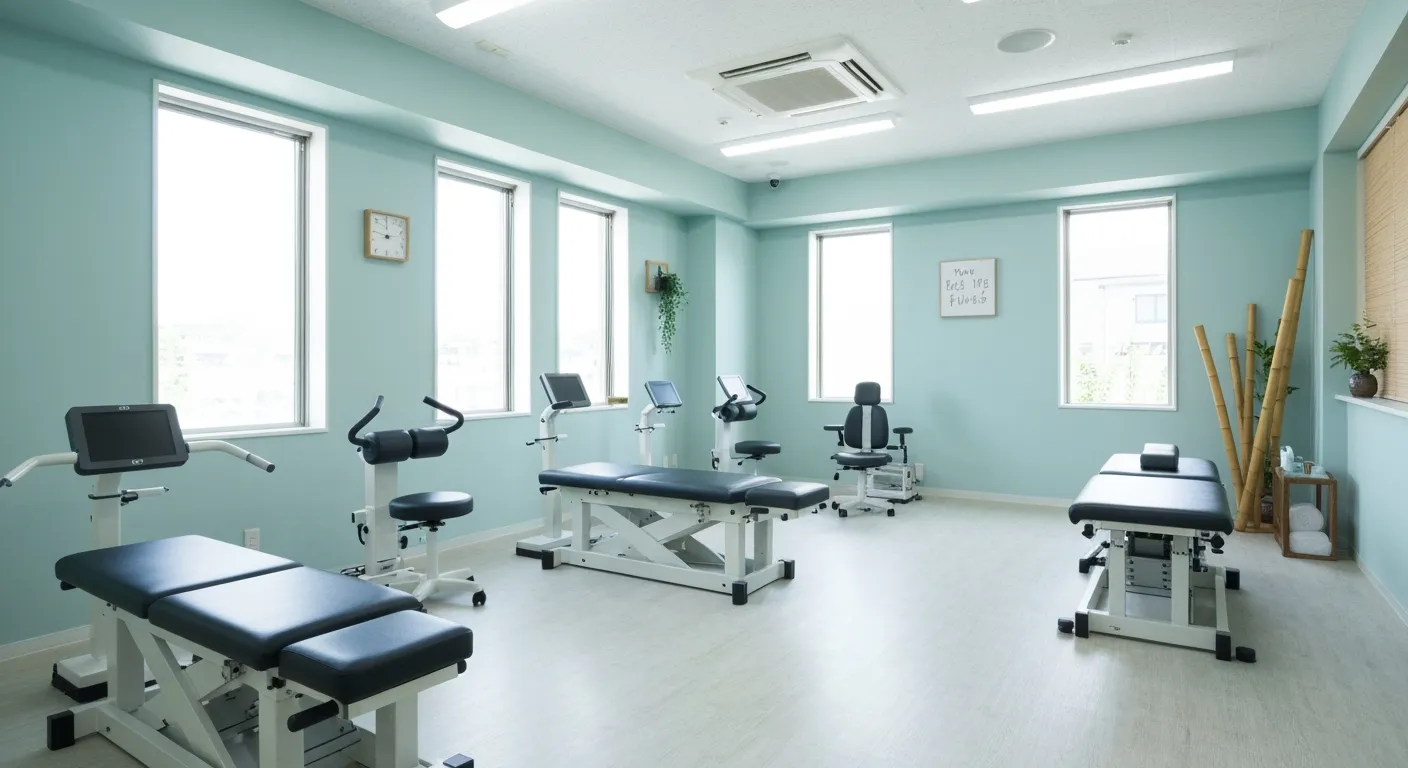
The Role of Corrective Exercises in Sustaining Pain-Free Living

Combining Chiropractic and Physiotherapy for Comprehensive Pain Relief

How Addressing Underlying Causes Improves Pain Treatment Effectiveness

Maintaining Spinal Health Through Lifestyle Changes and Preventive Care
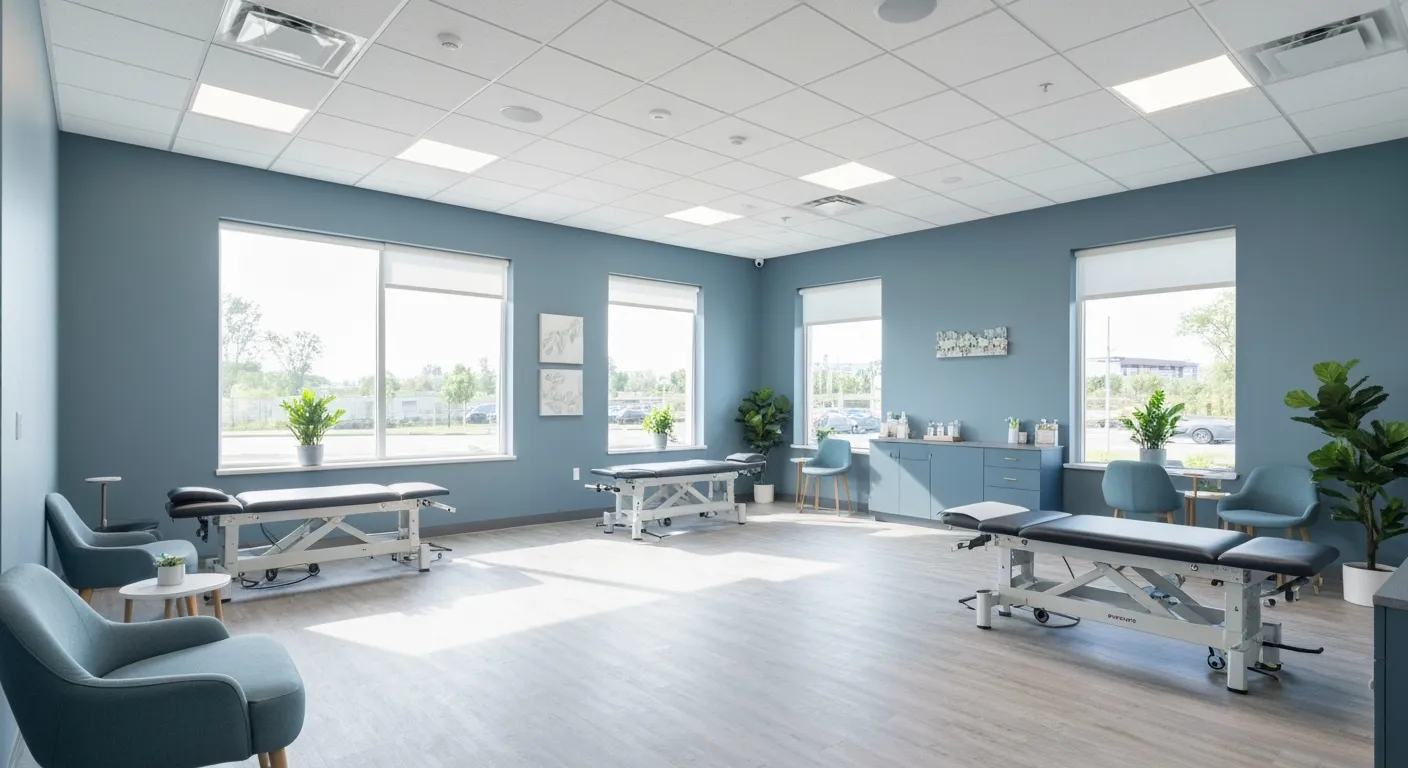
Understanding the Benefits of Chiropractic Adjustments for Back Pain Sufferers

Spinal Decompression Therapy: A New Hope for Sciatica Relief

Lifestyle Recommendations to Support a Healthy Spine and Reduce Pain
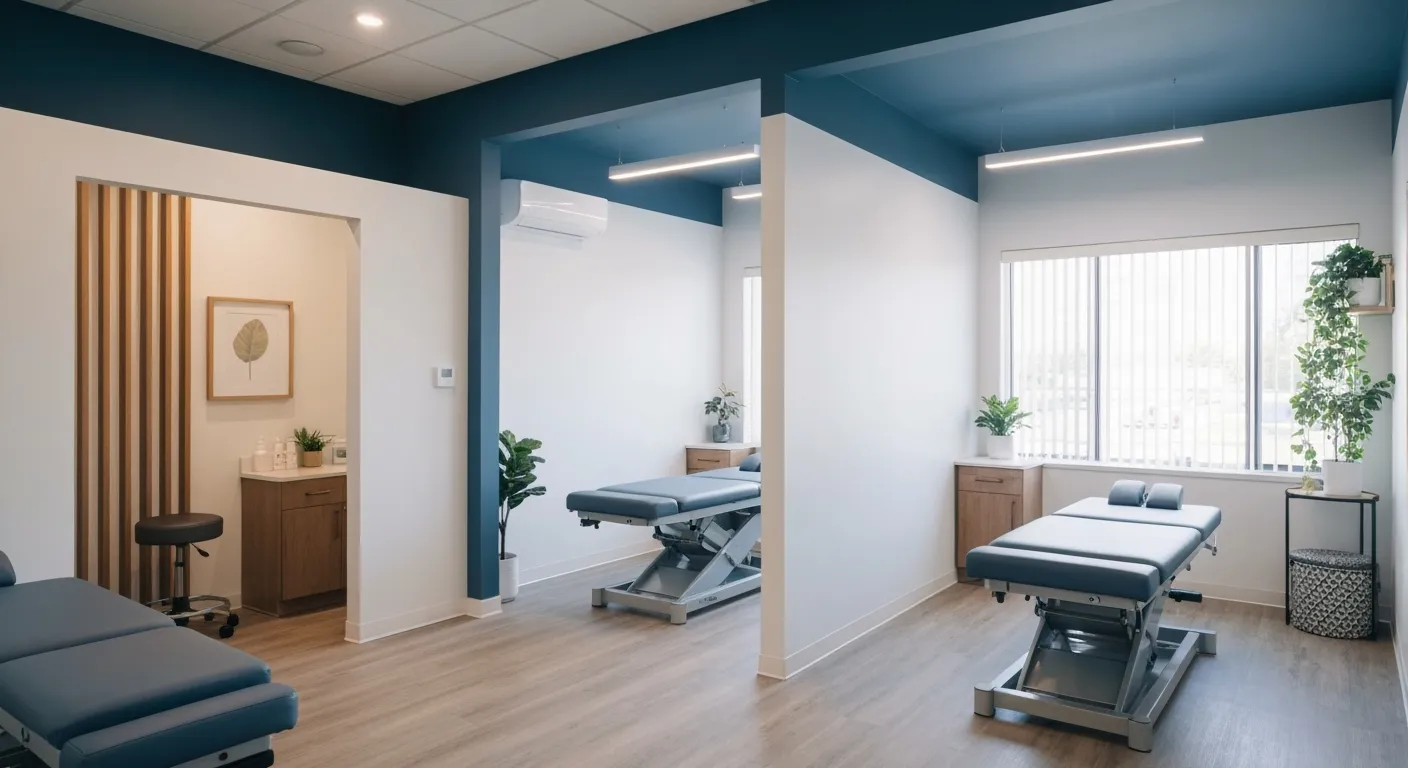
Choosing the Right Chiropractor: Key Factors to Consider Before Your First Appointment

Non-Invasive Treatment Alternatives: A Holistic Approach to Pain Relief

Corrective Exercises to Support Long-Term Relief from Chronic Pain

Exploring Non-Surgical Approaches to Spine Health and Wellness

Tips for Daily Habits That Keep Your Spine Strong

Success Stories: How Chiropractic Treatments Changed Lives

Why Focusing on the Root Cause of Pain Leads to Better Outcomes
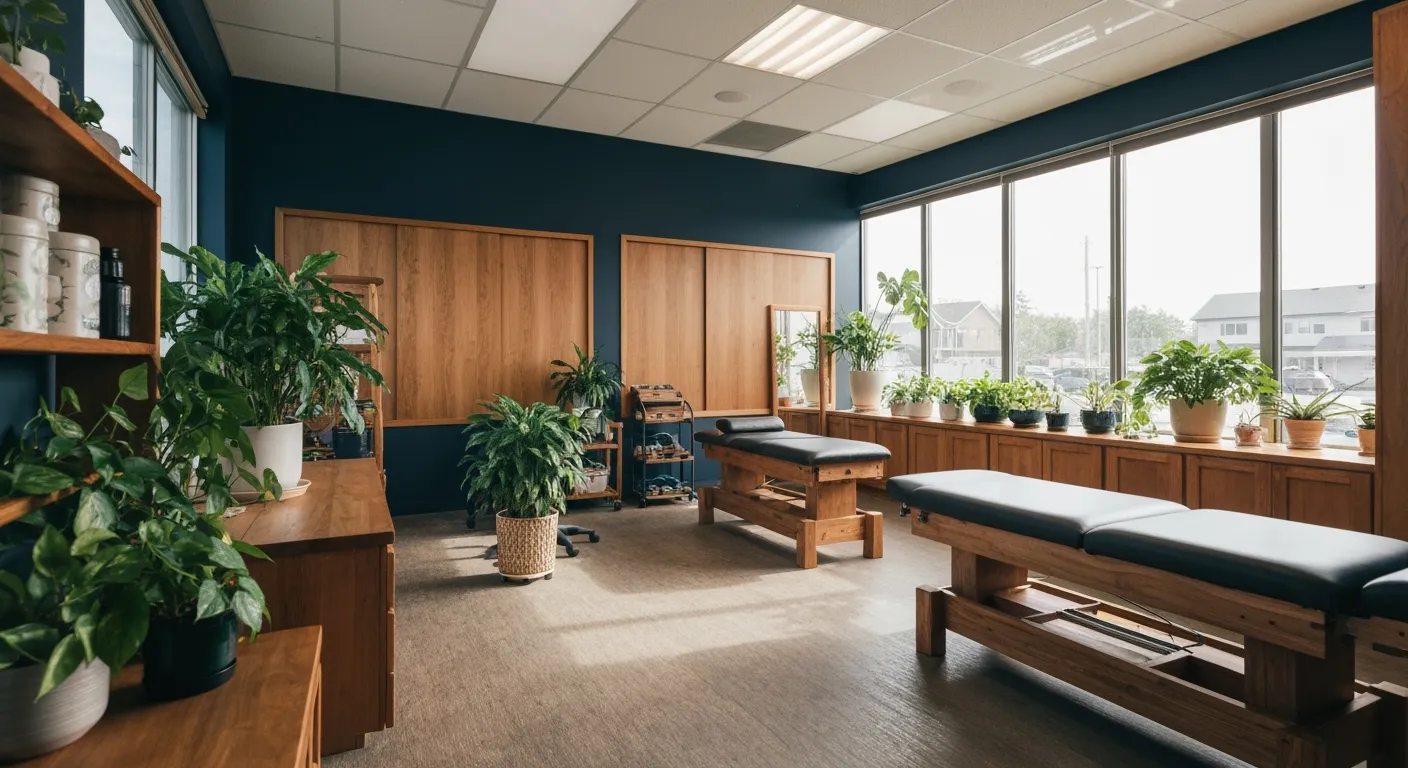
Nutritional Counseling and Its Impact on Overall Wellness and Recovery
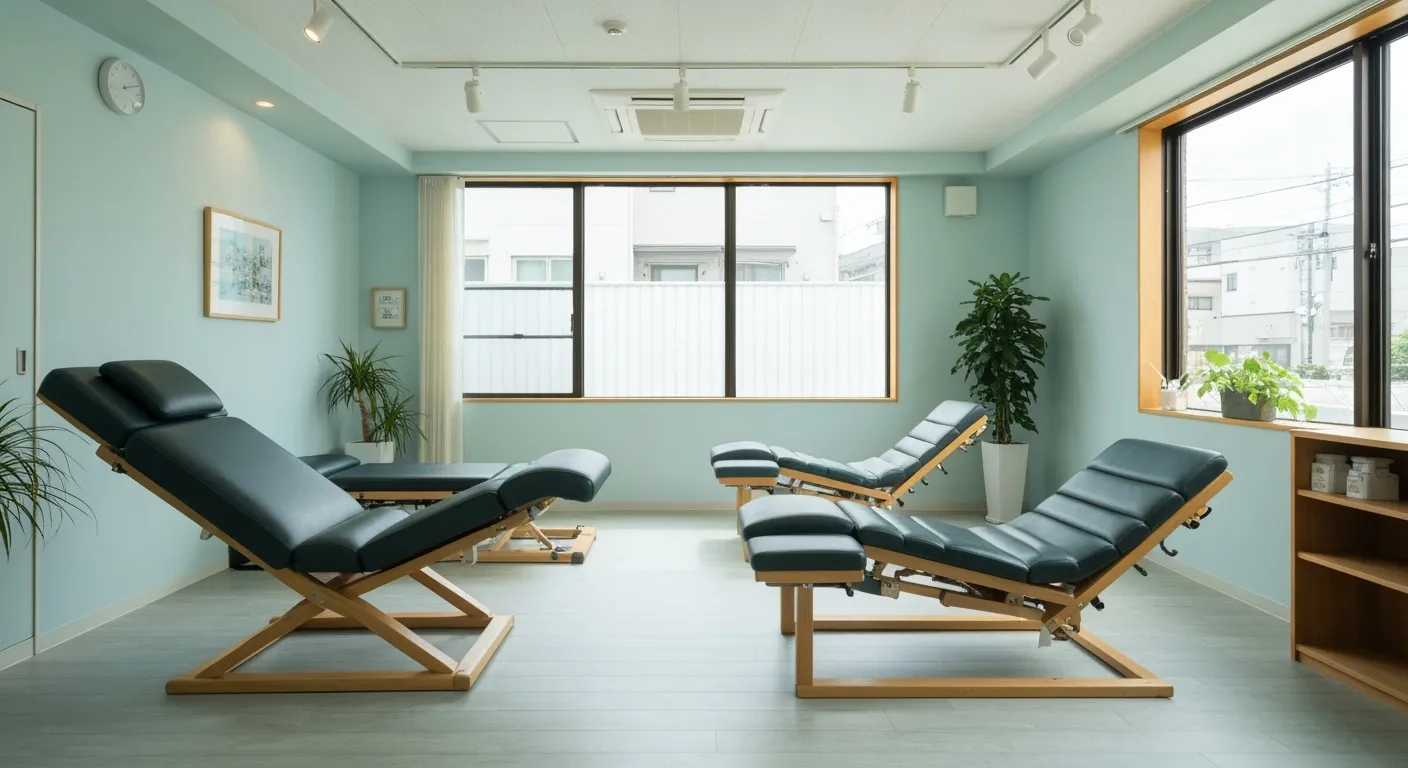
Patient Testimonials That Showcase the Power of Chiropractic Care

Preparing for Your First Chiropractic Appointment: What You Need to Know
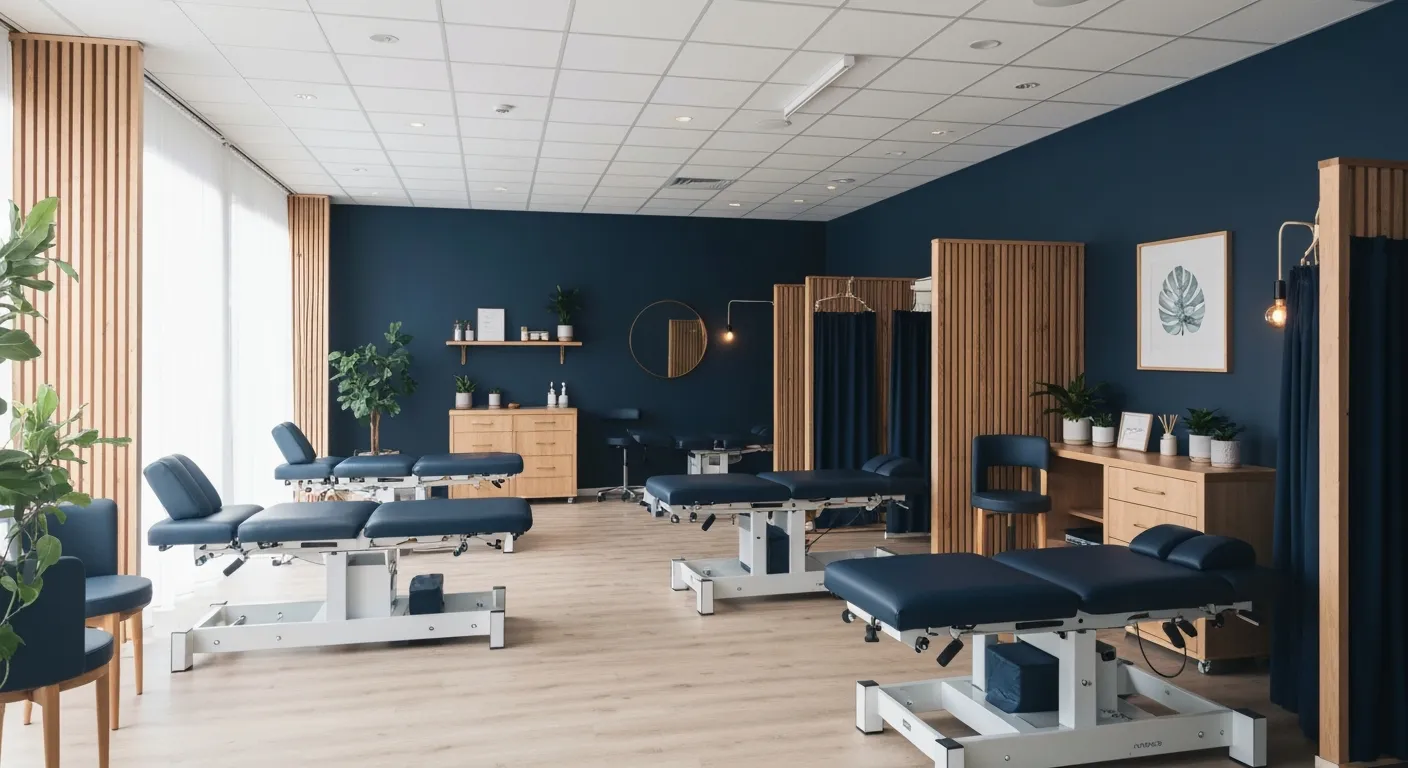
Holistic Treatment Options: Beyond Surgery for Pain Relief

Holistic Pain Relief Methods That Avoid Surgery

Nutritional Strategies for Supporting Spine Health and Recovery

First Chiropractic Visit: What Happens and How to Prepare

Chiropractic Patient Success Stories: Inspiring Journeys to Wellness
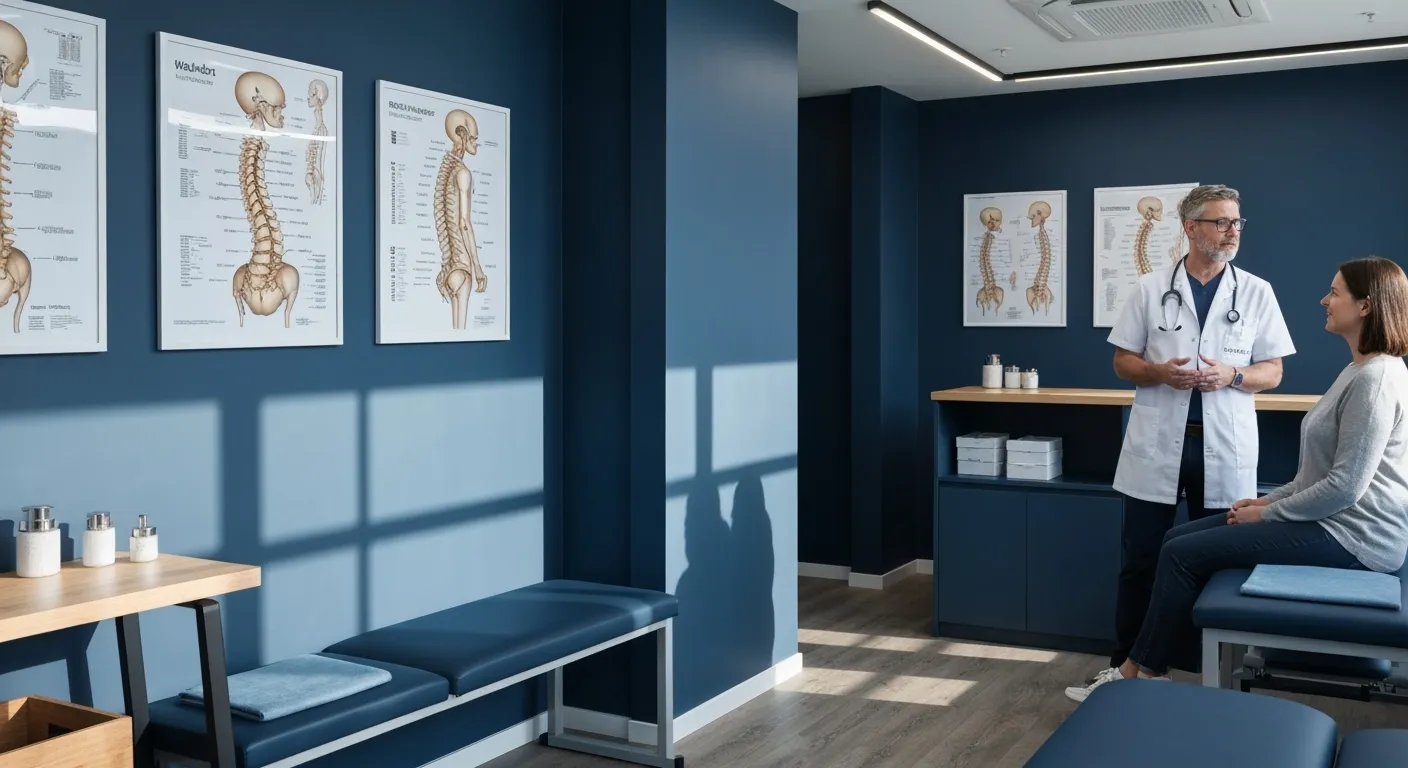
Effectiveness of Spinal Decompression Therapy in Managing Sciatic Nerve Pain

Addressing Pain at Its Source: Why Treating the Root Cause Matters

Corrective Exercise Programs Designed for Long-Term Pain Prevention

Healthy Lifestyle Advice for Maintaining Spinal Alignment
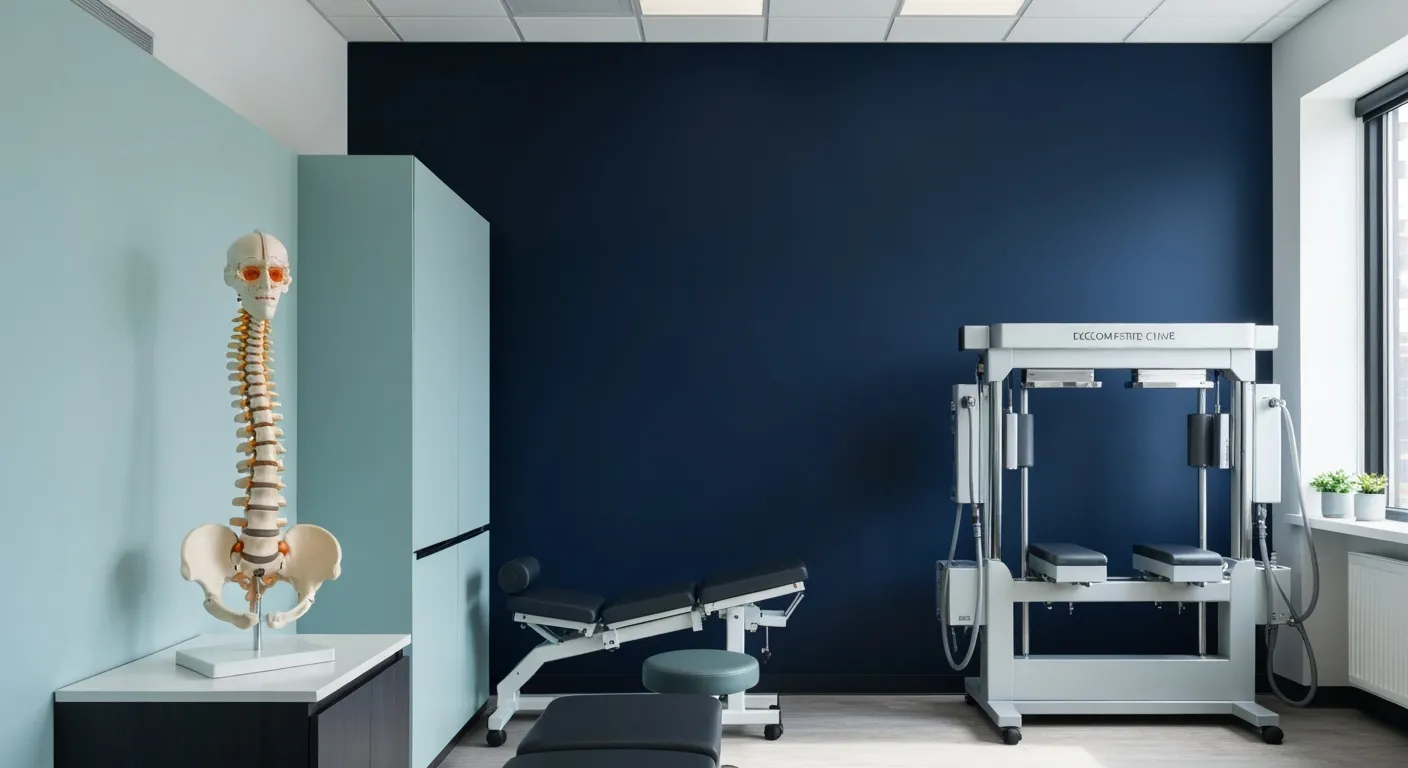
Understanding Spinal Decompression as a Treatment for Sciatica Pain
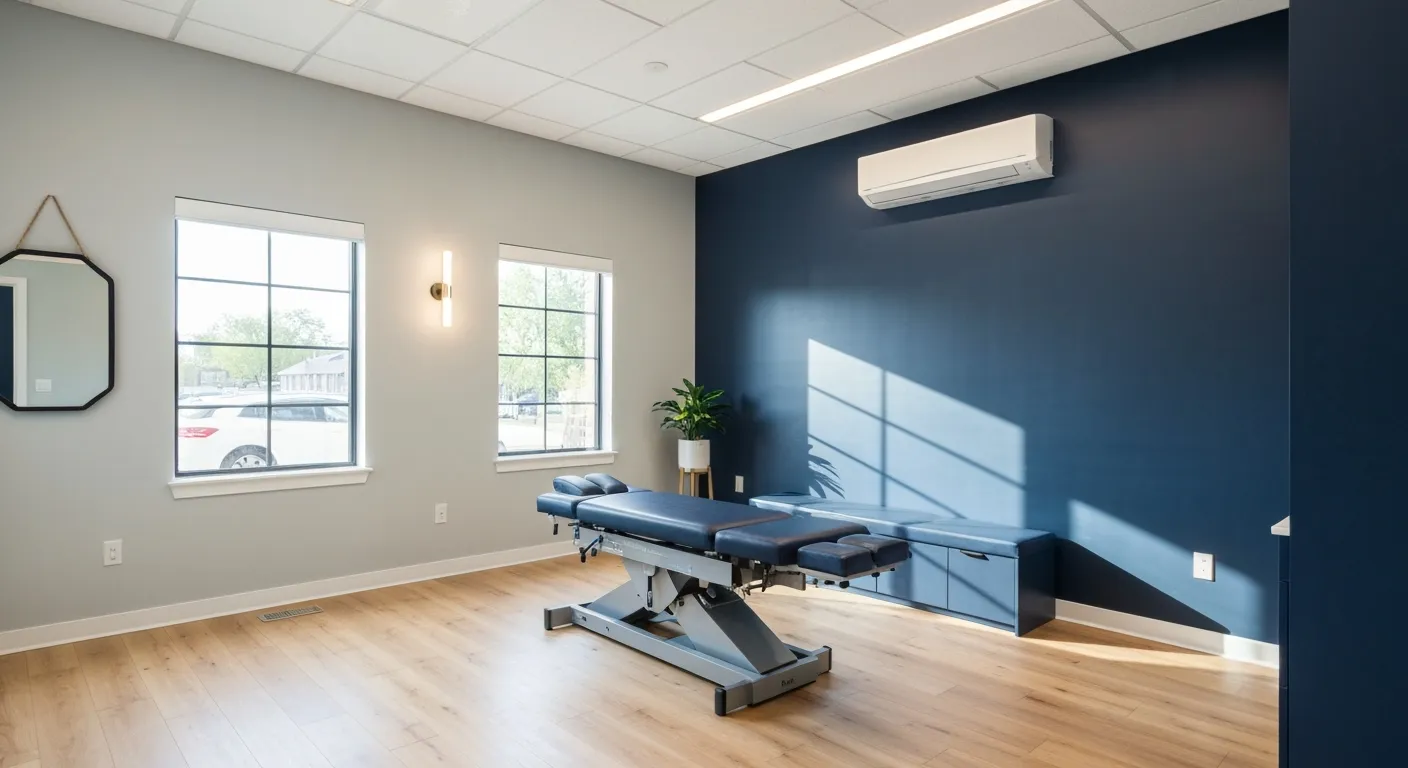
Benefits of Chiropractic Care Specifically for Back Pain Relief

Understanding Gait Analysis in Physiotherapy
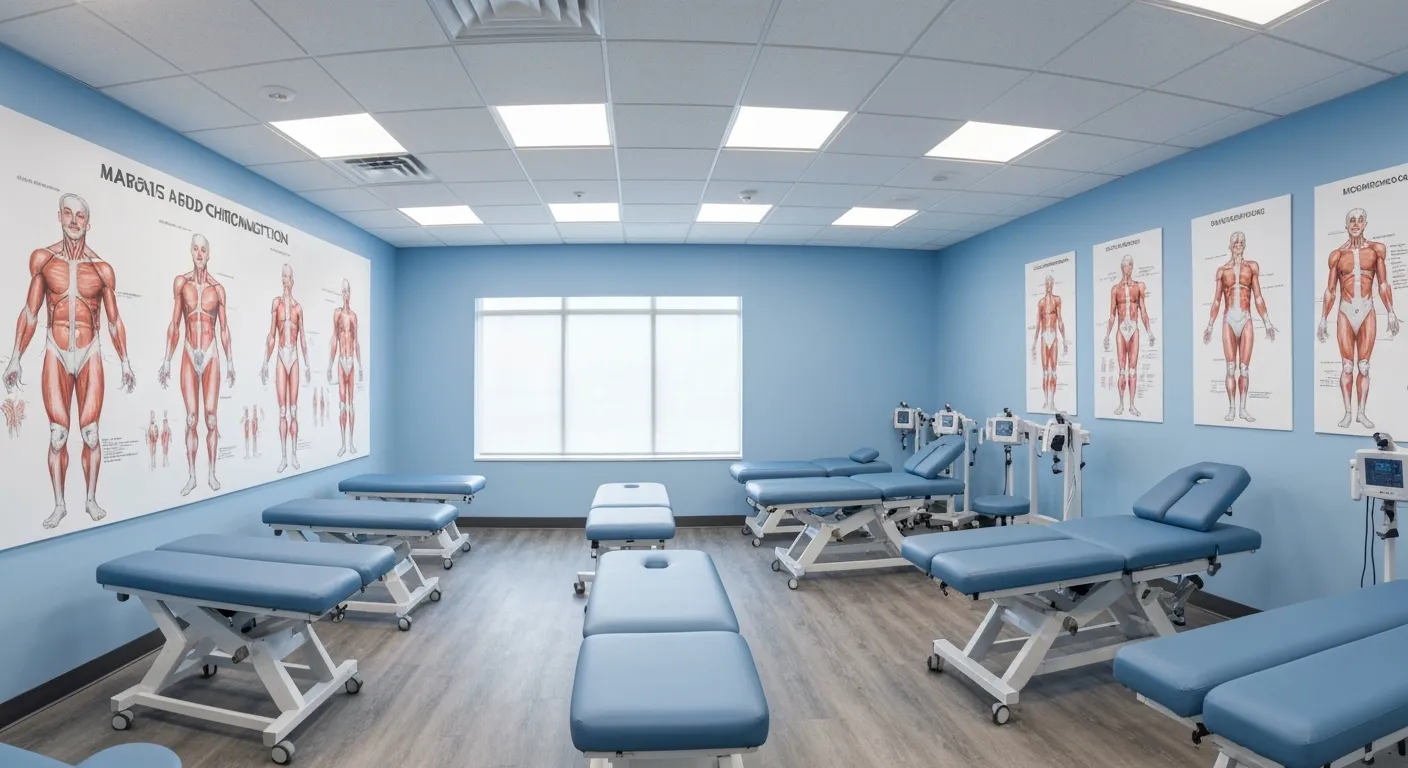
The Difference Between Muscle Soreness and Dysfunction

Workplace Stress Statistics: How Muscle Tension Impacts Productivity

How Physiotherapy Improves Mobility for Seniors

How to Communicate Pain Levels to Your Therapist Effectively
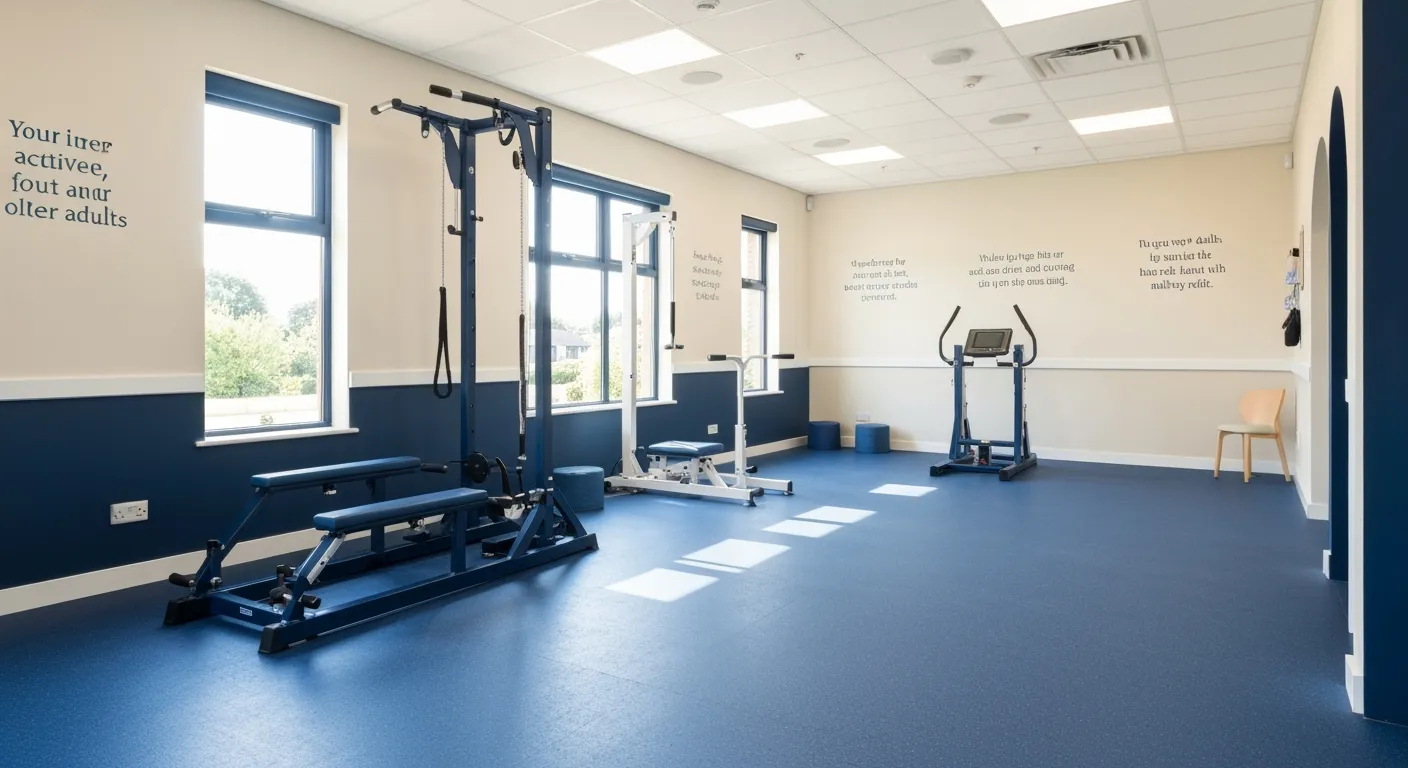
Physiotherapy Interventions for Balance and Fall Prevention

How Physiotherapy Helps Post-Surgical Recovery

Lifestyle Advice Everyone with Back Pain Should Follow

Chiropractic Industry Statistics: Growth, Demand, and Future Trends
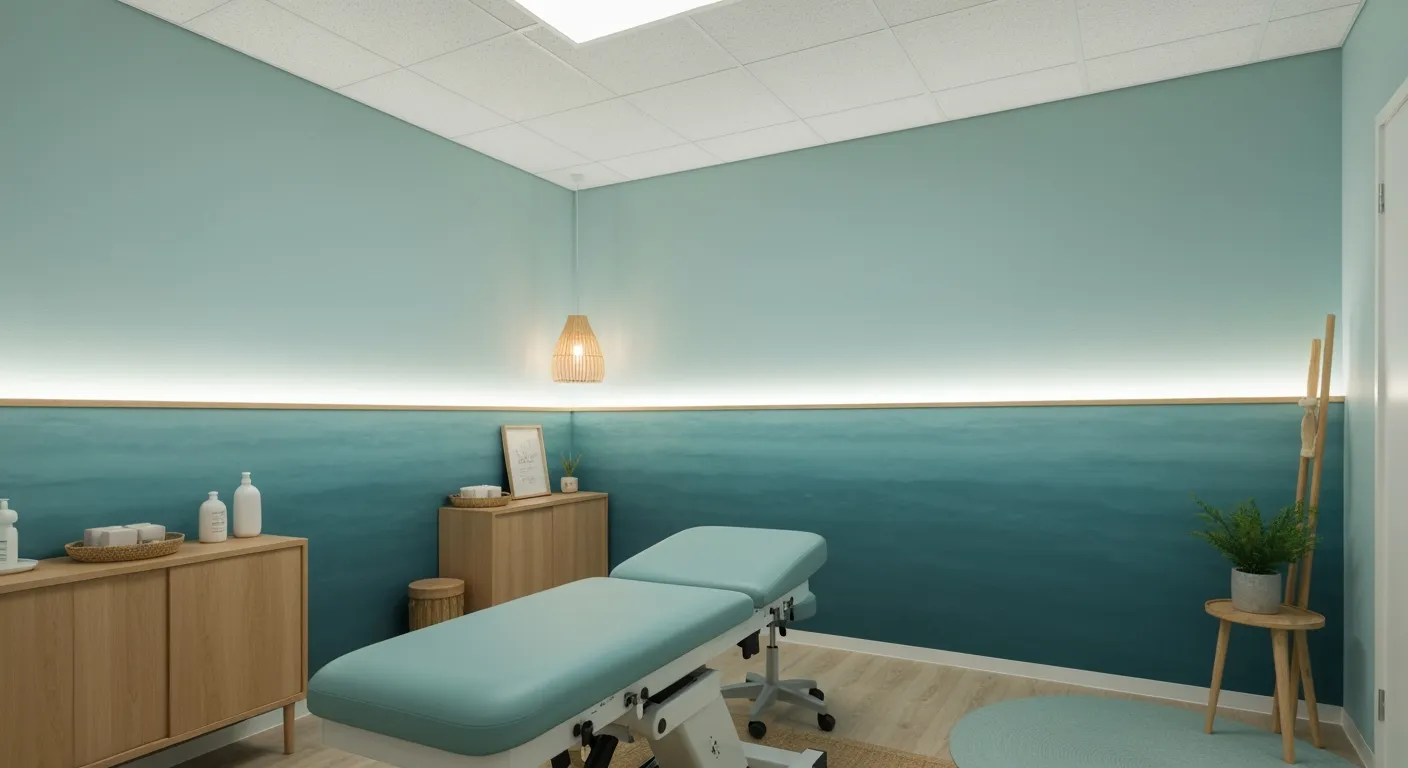
Myofascial Release: What It Is and Why It Matters

Chiropractic Care vs. Traditional Medicine: Cost and Effectiveness Statistics

Ergonomic Workspace Tips to Support Spinal Health

Why Proper Breathing Matters During a Massage Session
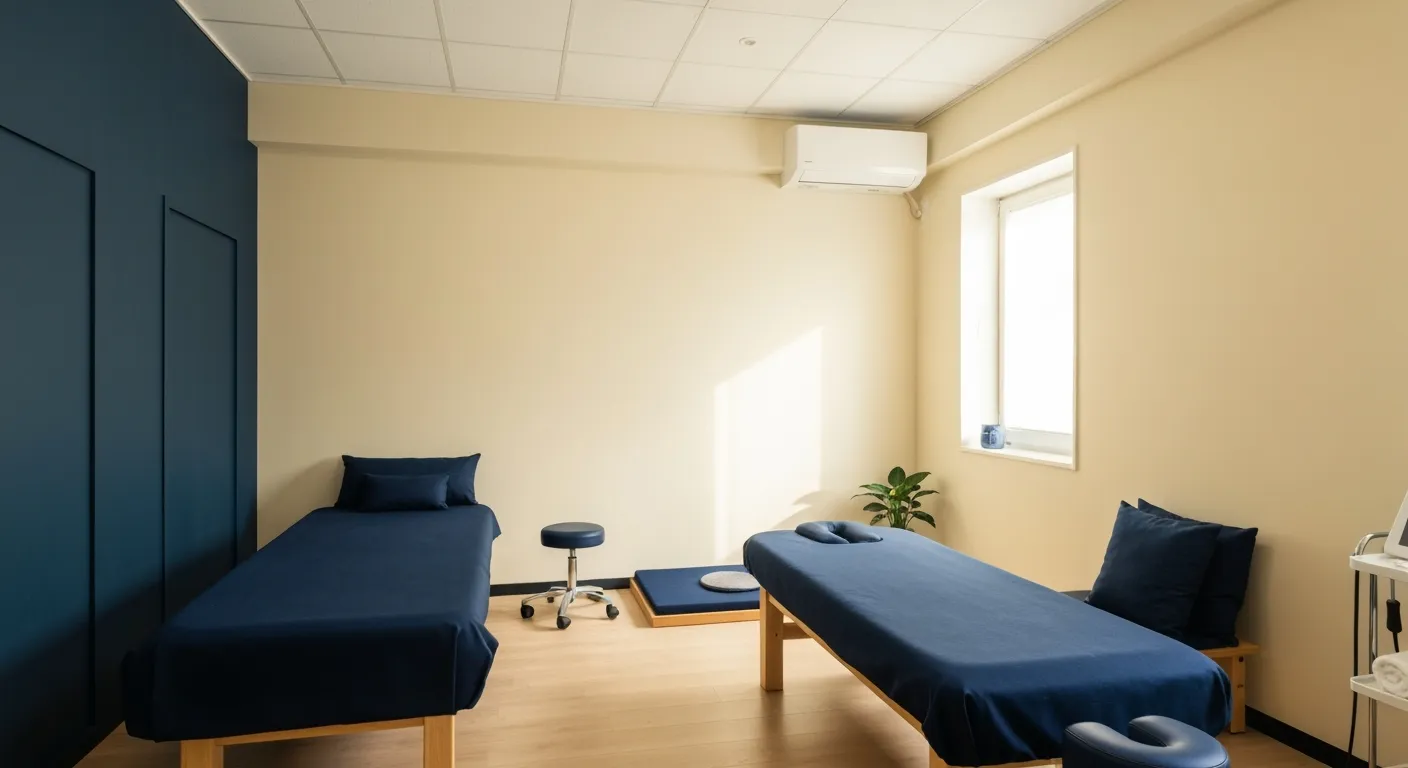
Client Retention Trends in the Therapeutic Bodywork Industry
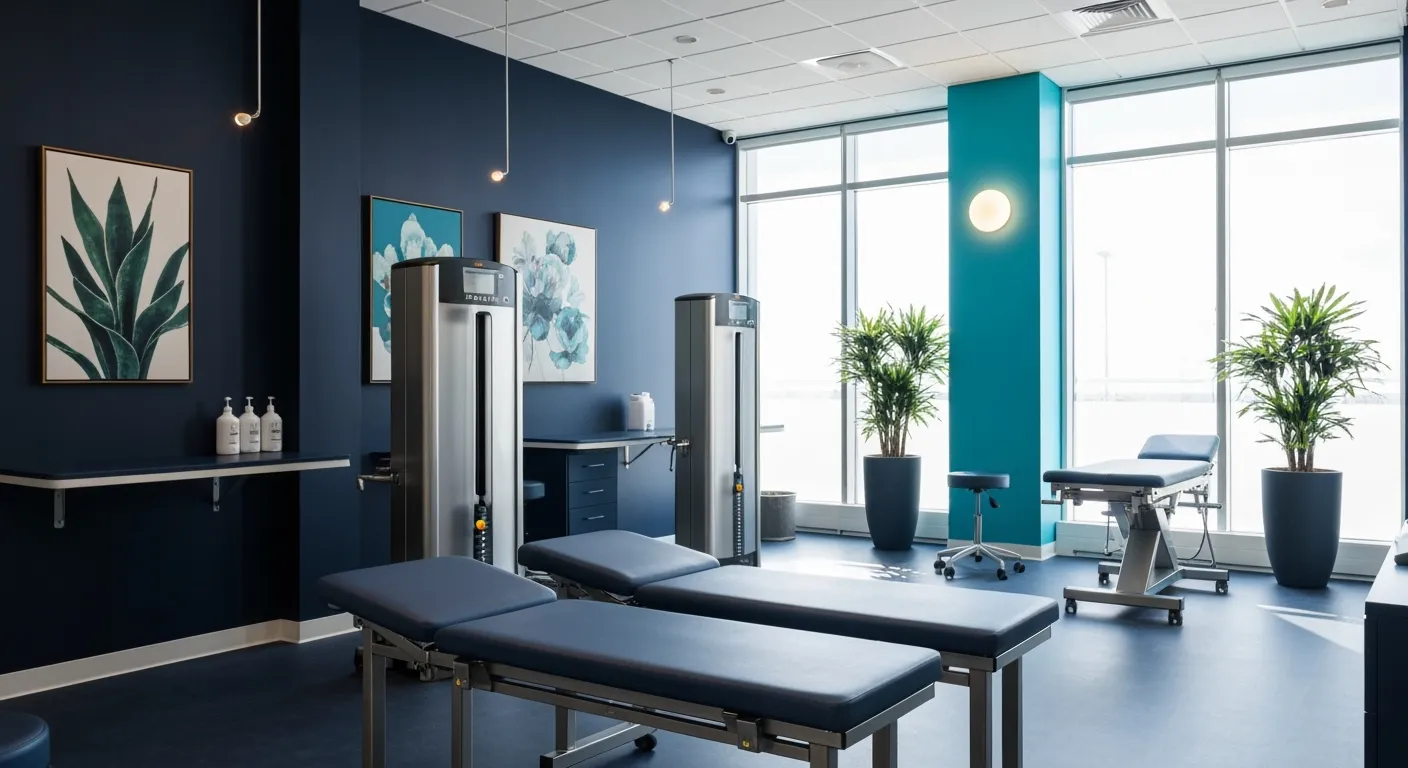
Why Physiotherapy Is Key in Preventing Re-Injury
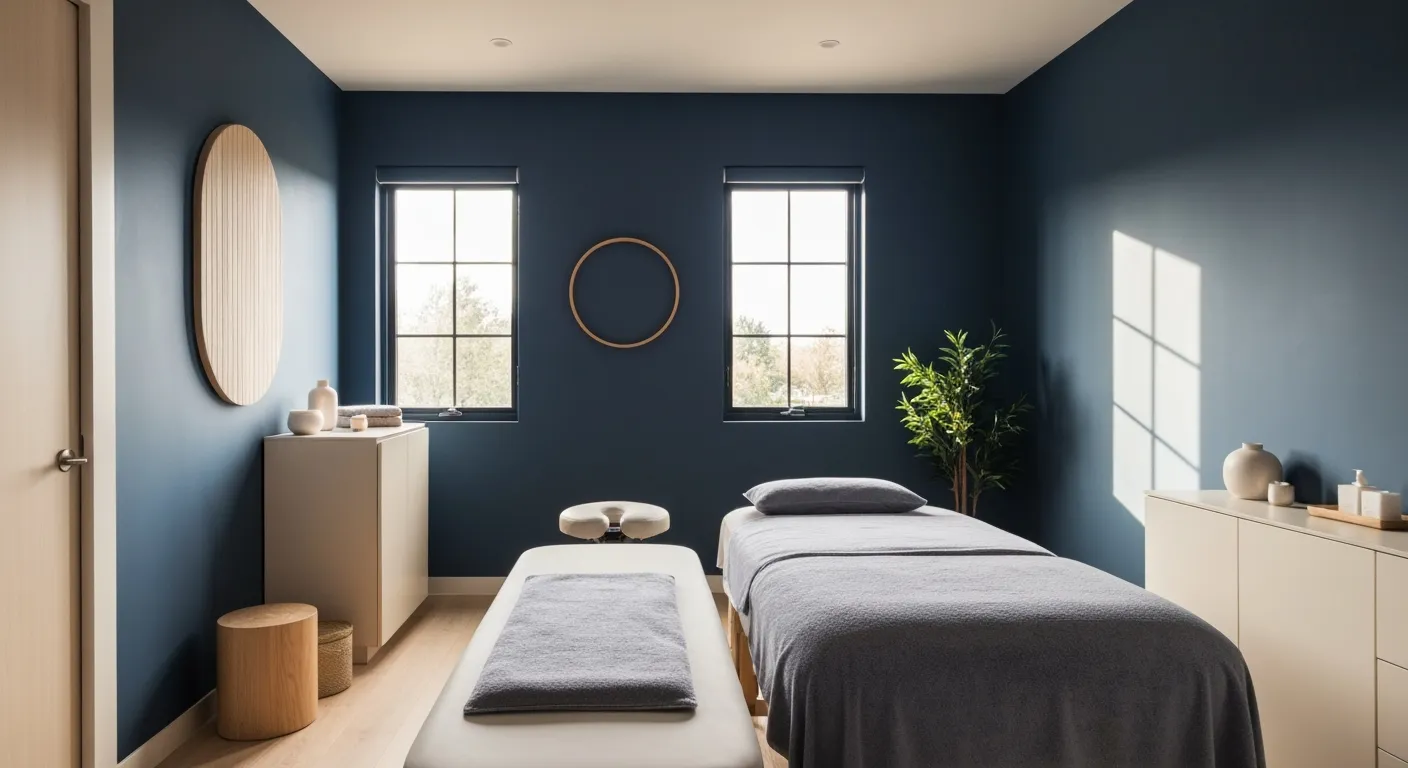
How Massage Therapy Supports Natural Pain Relief
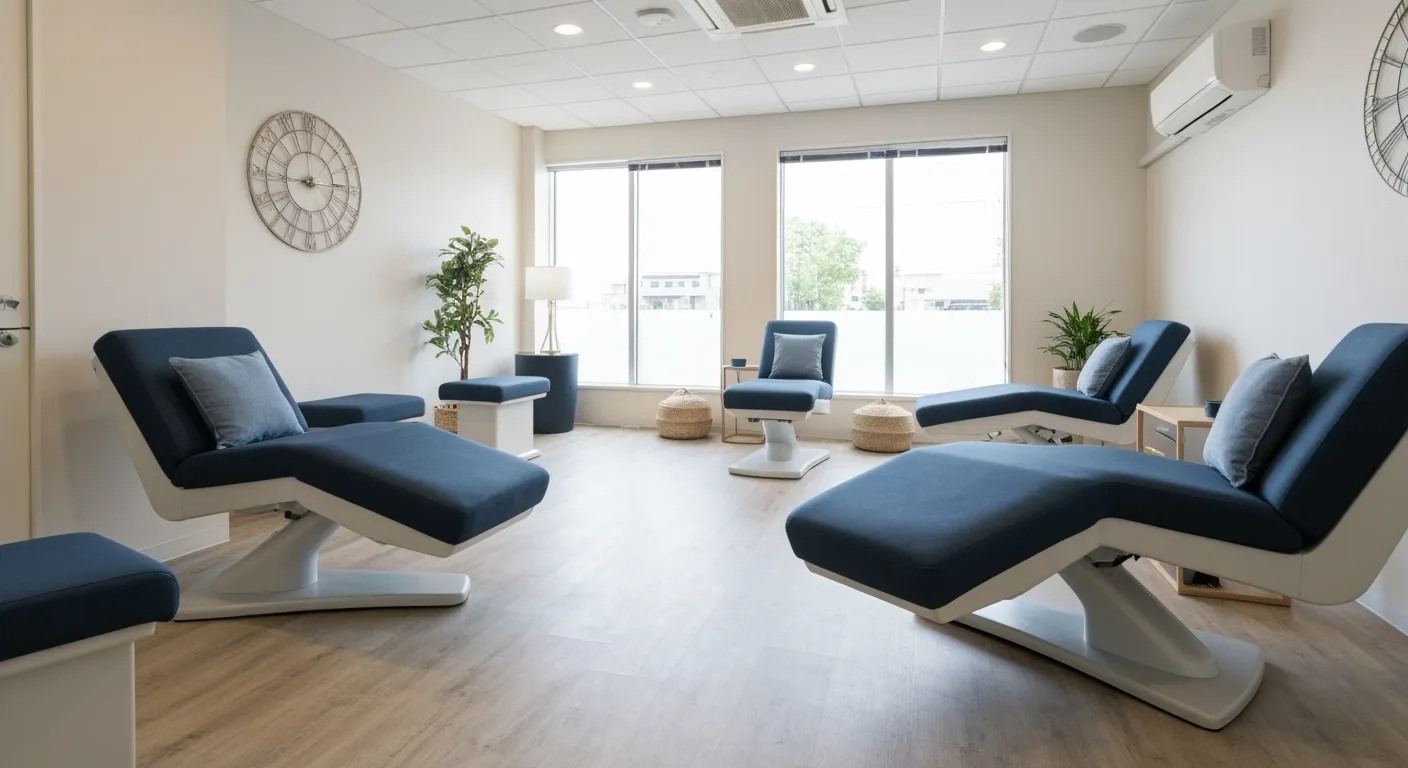
Healthcare Cost Reduction Through Preventive Bodywork Use

Athlete Massage Statistics: Pre-Event vs. Post-Event Outcomes

Massage for Migraine and Headache Relief

